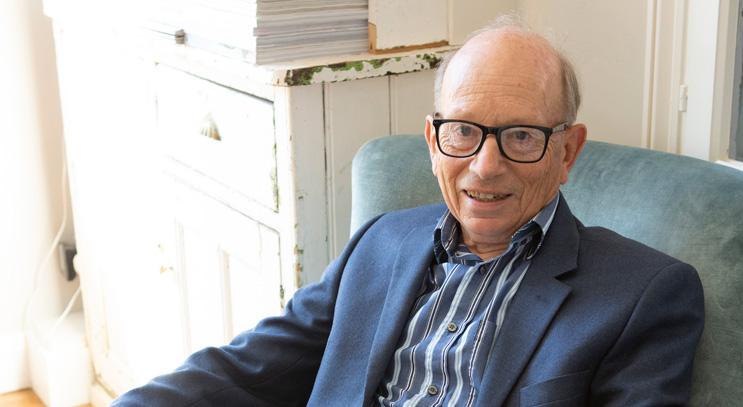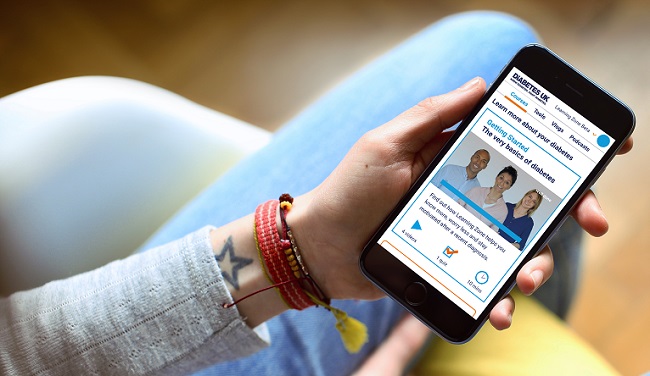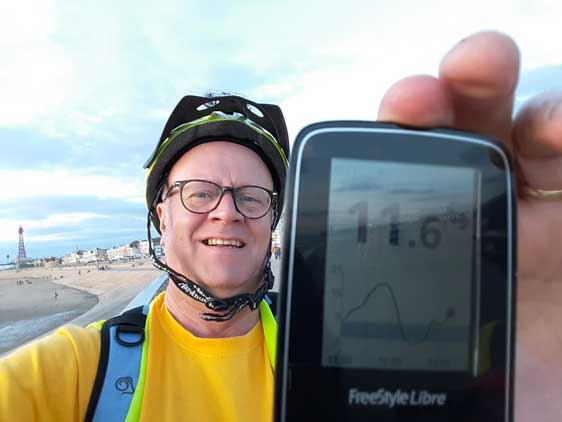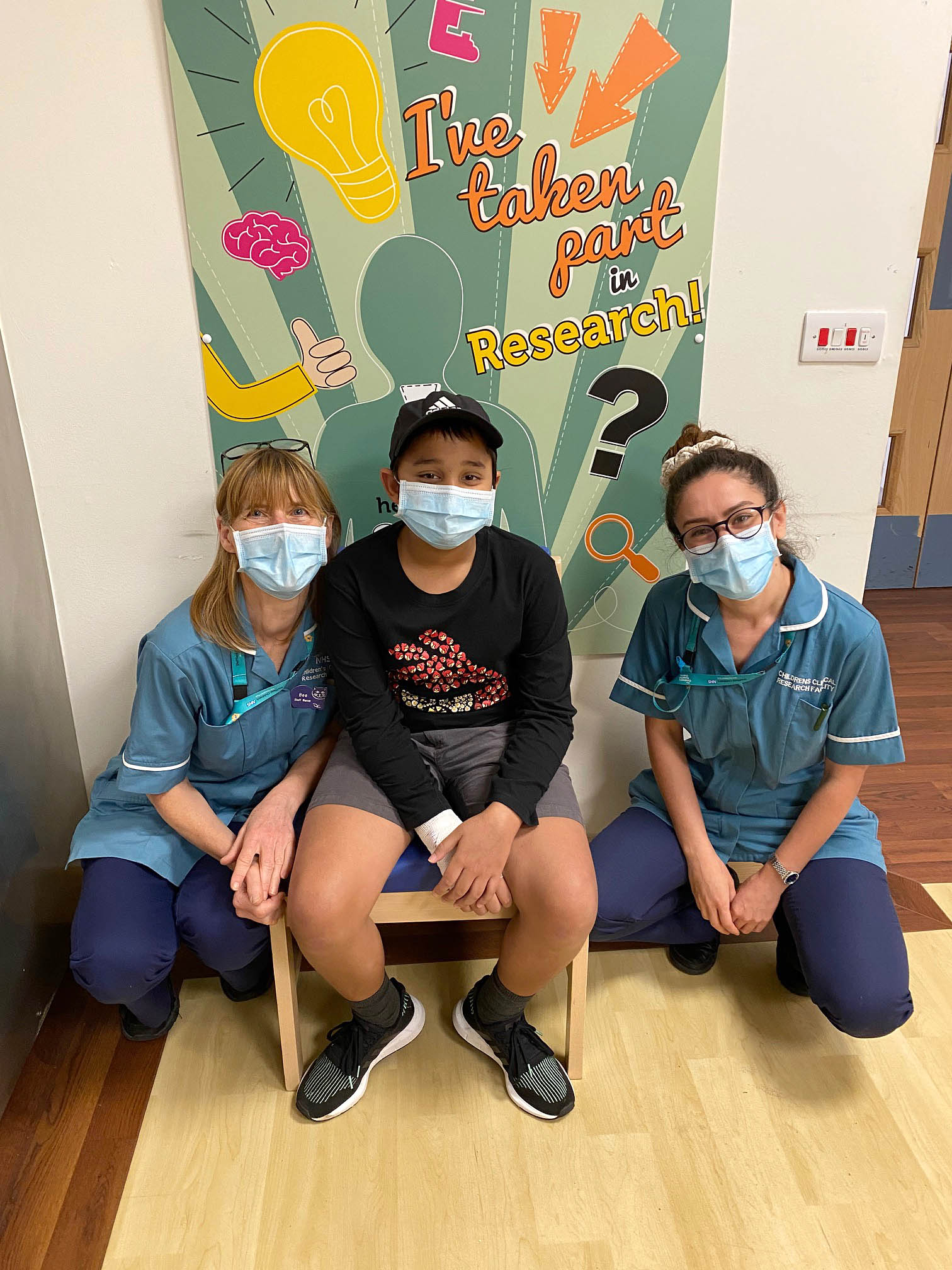
Anthony Fisher
Diagnosed age 39 in 1977.
I consider myself very lucky – every time I reach a crisis point with my diabetes, the solution has just been invented.
Diagnosed with diabetes shortly before his 40th birthday, Anthony was determined to take control of his condition for the sake of his family.




